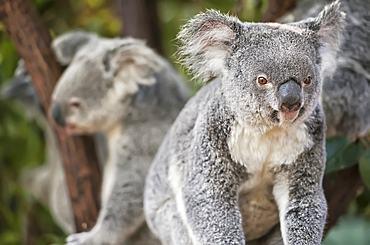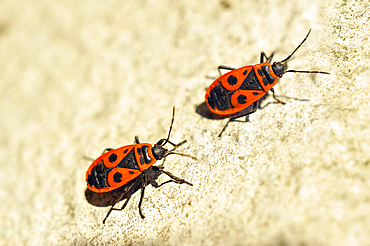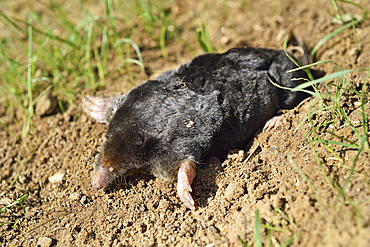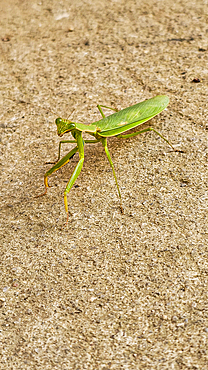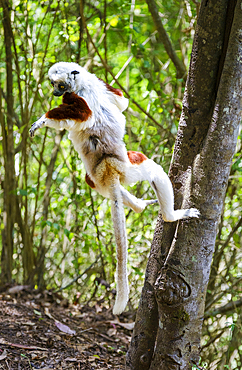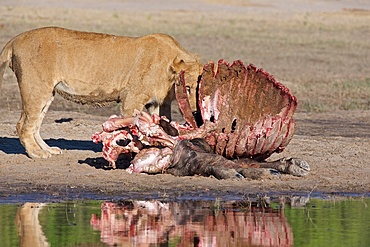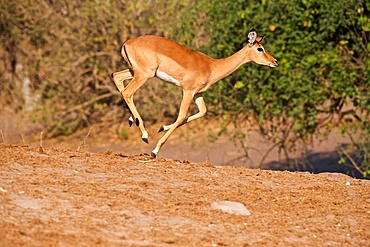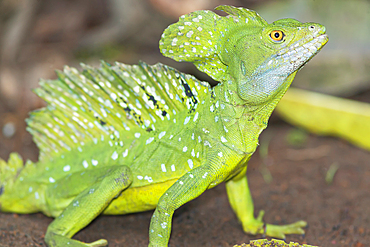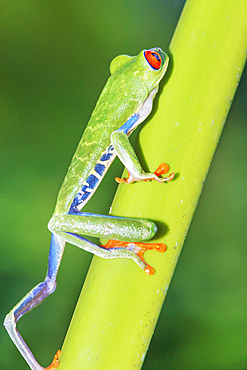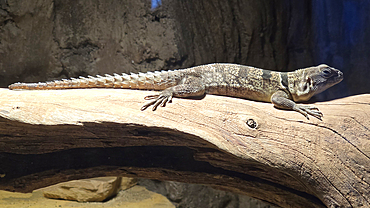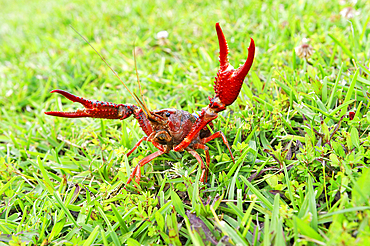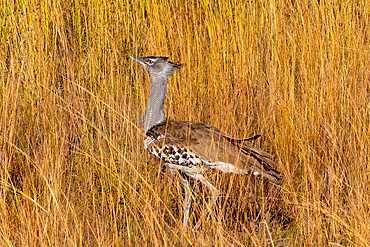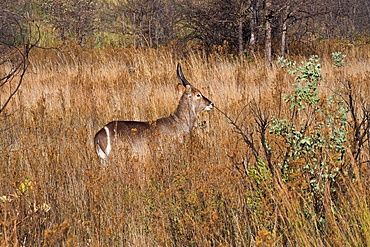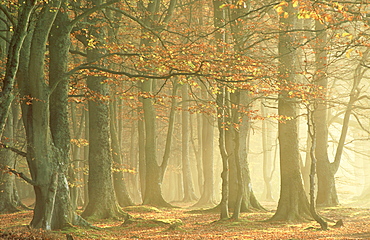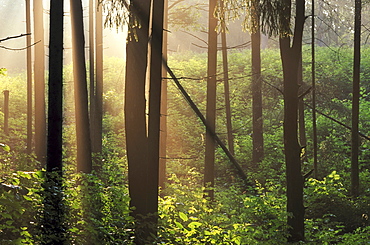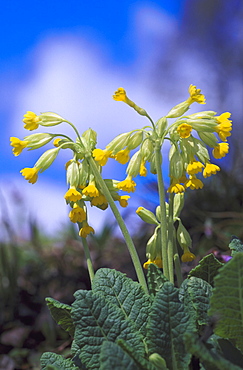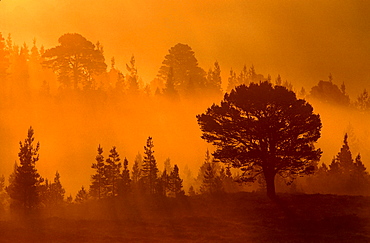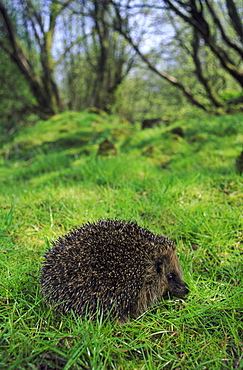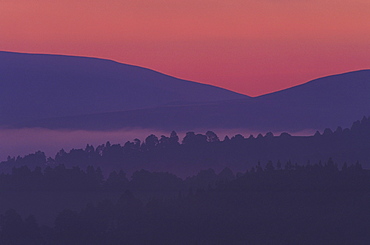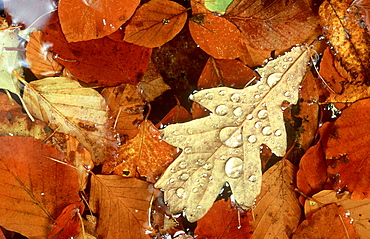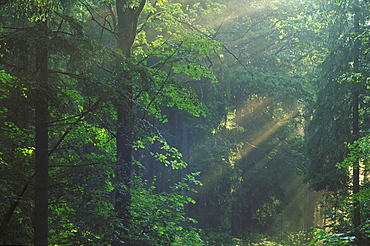Results
59 results found

Yellow-legged gull (Larus Michahellis), Atlantic Islands Galicia Maritime Terrestrial National Park, Galicia, Spain, Europe
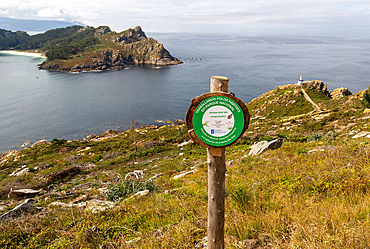
Habitat protection sign, Isla del Faro, Cies Islands, Atlantic Islands Galicia Maritime Terrestrial National Park, Galicia, Spain, Europe
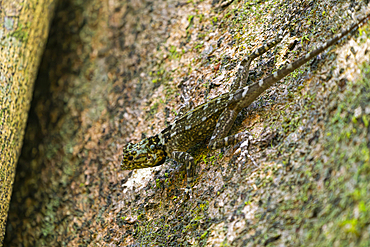
Close-up of Collared treerunner (Plica plica) on tree, Tambopata National Reserve, Puerto Maldonado, Tambopata Province, Madre de Dios, Peru, South America
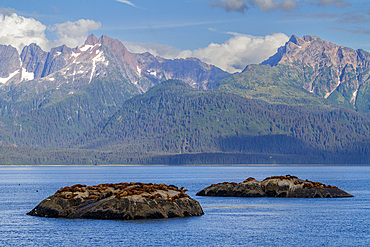
Northern (Steller) sea lions (Eumetopias jubatus) hauled out at South Marble Island in Glacier Bay National Park, UNESCO World Heritage Site, Alaska, United States of America, North America
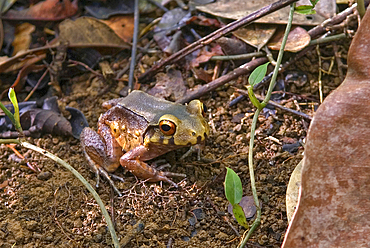
Frog in the forest, French Guiana, Overseas department and region of France, French Guiana, South America
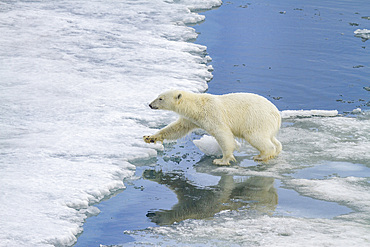
An adult polar bear (Ursus maritimus) leaping from ice floe to ice floe in the Svalbard Archipelago, Norway, Arctic, Europe
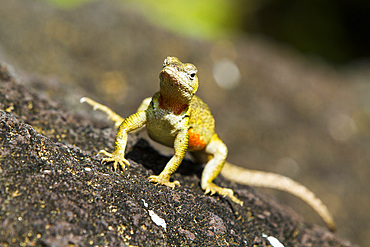
Lava lizard (Microlophus spp) in the Galapagos Islands Archipelago, UNESCO World Heritage Site, Ecuador, South America
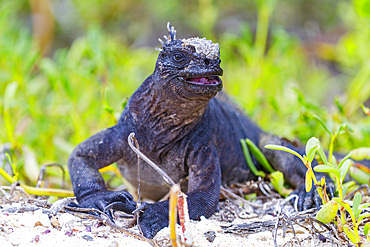
The endemic Galapagos marine iguana (Amblyrhynchus cristatus) in the Galapagos Island Archipelago, UNESCO World Heritage Site, Ecuador, South America
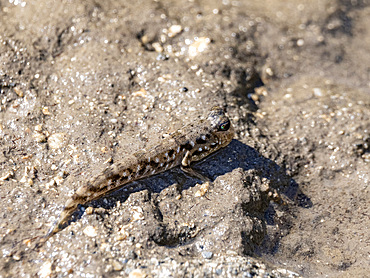
Adult barred mudskipper (Periophthalmus argentitineatus), at night on the Volivoli Resort grounds on Viti Levu, Fiji, South Pacific, Pacific
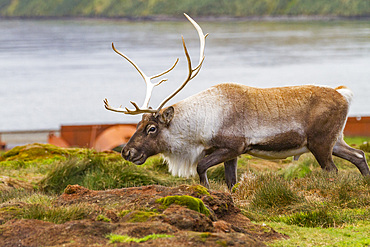
An adult bull introduced reindeer (Rangifer tarandus) before eradication in Stromness Bay, South Georgia, Polar Regions

An adult bull introduced reindeer (Rangifer tarandus) before eradication in Stromness Bay, South Georgia, Polar Regions

An adult bull introduced reindeer (Rangifer tarandus) before eradication in Stromness Bay, South Georgia, Polar Regions
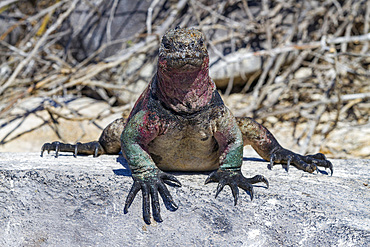
The endemic Galapagos marine iguana (Amblyrhynchus cristatus) on Espanola Island in the Galapagos Islands, UNESCO World Heritage Site, Ecuador, South America
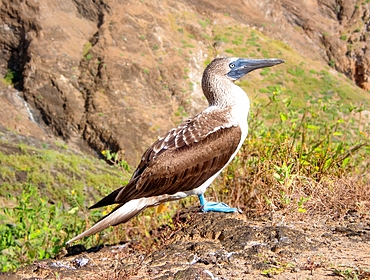
Blue Footed Booby (Sula nebouxii), a marine bird found in the Eastern Pacific whose unusual blue feet feature in courtship rituals, Galapagos, UNESCO World Heritage Site, Ecuador, South America
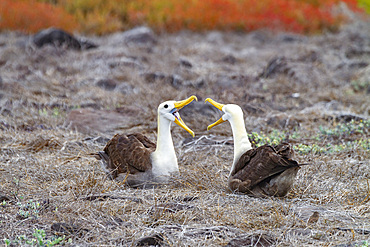
Adult waved albatrosses (Diomedea irrorata) at breeding colony on Espanola Island in the Galapagos Islands, UNESCO World Heritage Site, Ecuador, South America

Wild Galapagos giant tortoise (Geochelone elephantopus) feeding on the upslope grasslands of Santa Cruz Island, Galapagos, UNESCO World Heritage Site, Ecuador, South America
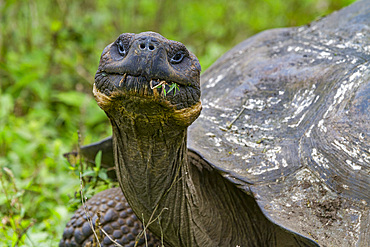
Wild Galapagos giant tortoise (Geochelone elephantopus) feeding on the upslope grasslands of Santa Cruz Island, Galapagos, UNESCO World Heritage Site, Ecuador, South America
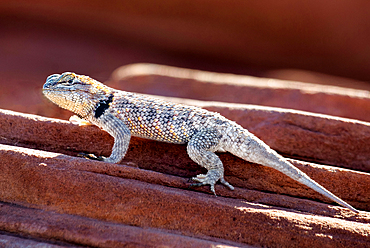
Desert Spiny Lizard (Sceloporus magister) in Sand Hollow State Park near St. George, Utah, United States of America
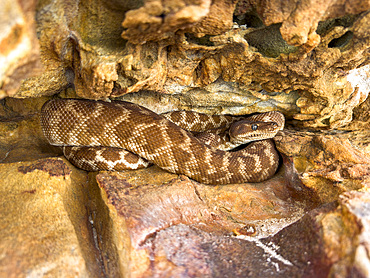
An adult rough-scaled python (Morelia carinata), found in a sandstone crevice on Bigge Island, Kimberley, Western Australia, Australia, Pacific
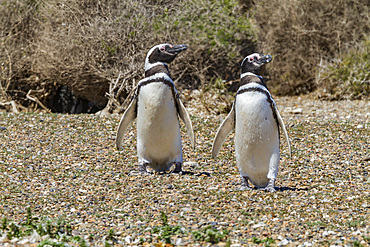
Magellanic penguins (Spheniscus magellanicus) at a breeding and molting site in Estancia San Lorenzo, Argentina

Magellanic penguins (Spheniscus magellanicus) at a breeding and molting site in Estancia San Lorenzo, Argentina
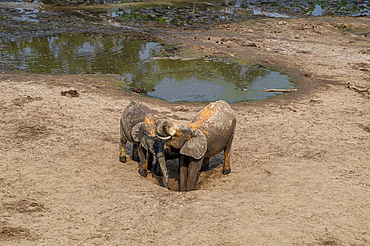
African forest elephant (Loxodonta cyclotis), Dzanga Bai, Dzanga Sangha National Park, UNESCO, Central African Republic
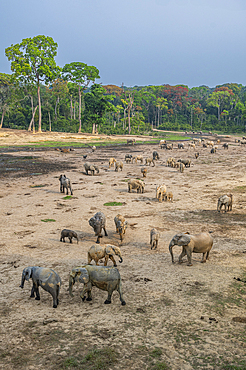
African forest elephant (Loxodonta cyclotis), Dzanga Bai, Dzanga Sangha National Park, UNESCO, Central African Republic
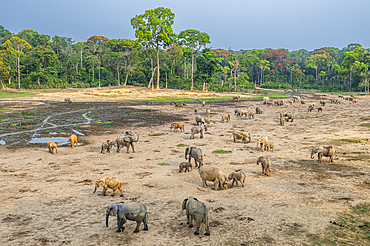
African forest elephant (Loxodonta cyclotis), Dzanga Bai, Dzanga Sangha National Park, UNESCO, Central African Republic
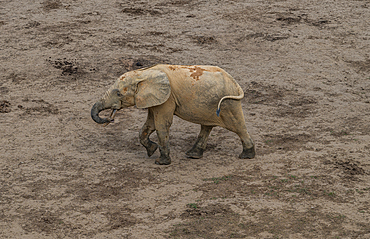
African forest elephant (Loxodonta cyclotis), Dzanga Bai, Dzanga Sangha National Park, UNESCO, Central African Republic
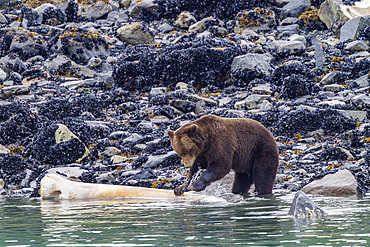
Adult brown bear (Ursus arctos) feeding on humpback whale carcass in Glacier Bay National Park, Alaska, United States of America
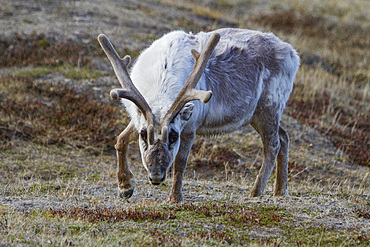
Adult Svalbard reindeer (Rangifer tarandus platyrhynchus) grazing within the town limits of Longyearbyen, Svalbard, Norway
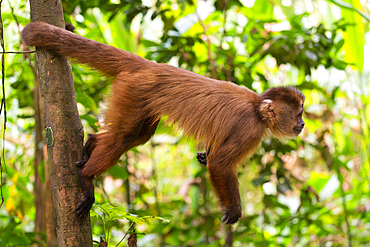
Brown capuchin monkey (Cebus apella) (Sapajus apella) on tree, Tambopata National Reserve, Puerto Maldonado, Tambopata Province, Madre de Dios, Peru, South America
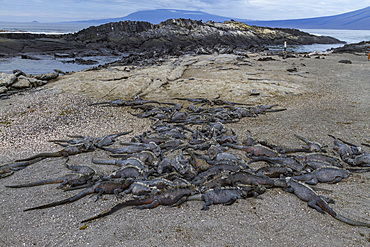
The endemic Galapagos marine iguana (Amblyrhynchus cristatus) in the Galapagos Island Archipelago, UNESCO World Heritage Site, Ecuador, South America
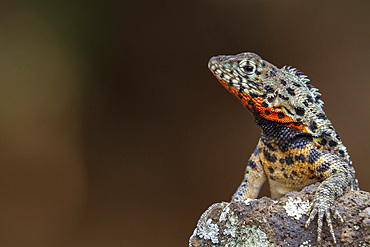
Lava lizard (Microlophus spp) in the Galapagos Island Archipelago, UNESCO World Heritage Site, Ecuador, South America
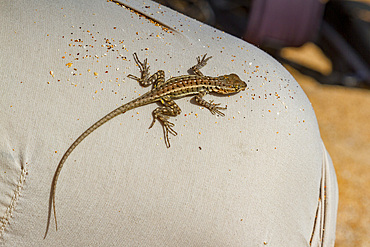
Lava lizard (Microlophus spp) in the Galapagos Island Archipelago, UNESCO World Heritage Site, Ecuador, South America
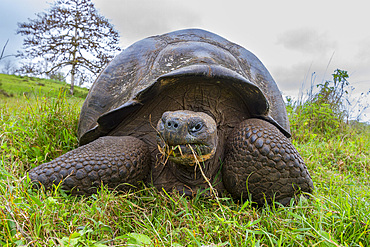
Wild Galapagos giant tortoise (Geochelone elephantopus) feeding on the upslope grasslands of Santa Cruz Island, Galapagos, UNESCO World Heritage Site, Ecuador, South America
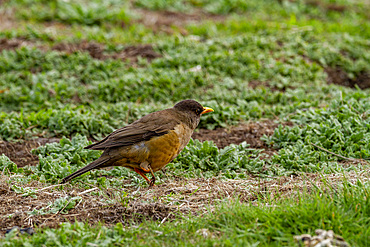
Adult austral thrush (Turdus falklandii falklandii), with cleanly broken right leg on Carcass Island in the Falkland Islands, South America
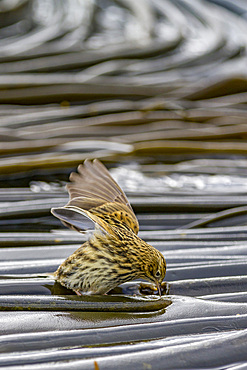
Adult South Georgia Pipit (Anthus antarcticus) feeding at low tide on Prion Island, Bay of Isles, South Georgia, Polar Regions
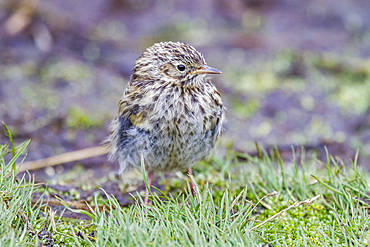
Adult South Georgia Pipit (Anthus antarcticus) feeding at low tide on Prion Island, Bay of Isles, South Georgia, Polar Regions
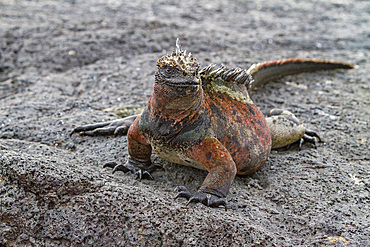
The endemic Galapagos marine iguana (Amblyrhynchus cristatus) in the Galapagos Island Archipelago, UNESCO World Heritage Site, Ecuador, South America
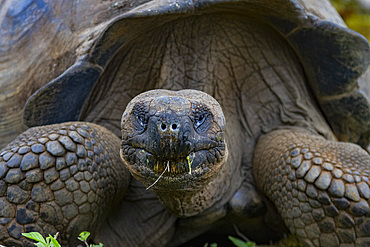
Wild Galapagos giant tortoise (Geochelone elephantopus) feeding on the upslope grasslands of Santa Cruz Island, Galapagos, UNESCO World Heritage Site, Ecuador, South America
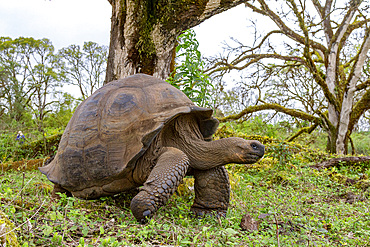
Wild Galapagos giant tortoise (Geochelone elephantopus) feeding on the upslope grasslands of Santa Cruz Island, Galapagos, UNESCO World Heritage Site, Ecuador, South America

Lava lizard (Microlophus spp) in the Galapagos Island Archipelago, UNESCO World Heritage Site, Ecuador, South America
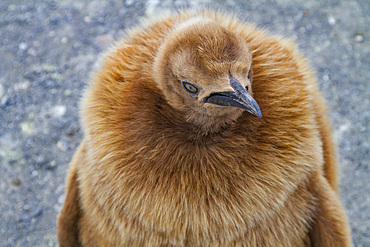
King penguin (Aptenodytes patagonicus) in downy plumage (okum boys) on South Georgia Island, Polar Regions
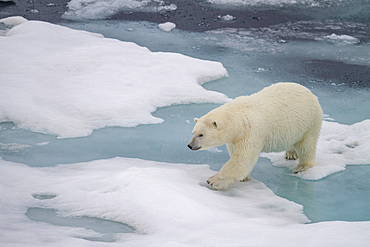
Adult female polar bear (Ursus maritimus) walking on multi-year ice floes in Franz Josef Land, Russia, Arctic Ocean, Eurasia
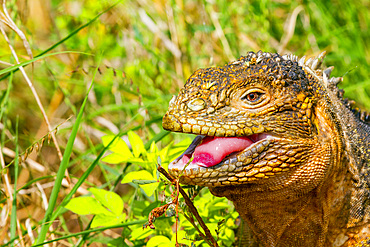
The very colorful Galapagos land iguana (Conolophus subcristatus) in the Galapagos Island Archipelago, UNESCO World Heritage Site, Ecuador, South America
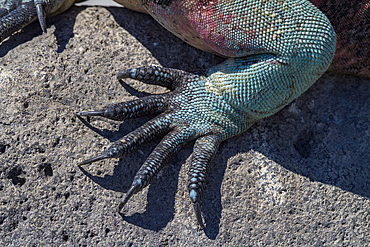
The endemic Galapagos marine iguana (Amblyrhynchus cristatus), foot detail, Espanola Island in the Galapagos Islands, UNESCO World Heritage Site, Ecuador, South America
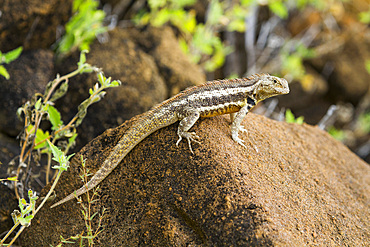
Lava lizard (Microlophus spp) in the Galapagos Islands Archipelago, UNESCO World Heritage Site, Ecuador, South America
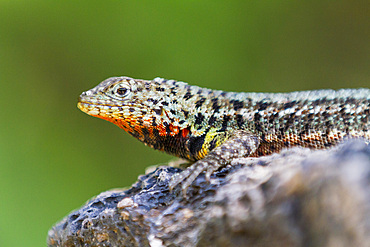
Lava lizard (Microlophus spp) in the Galapagos Islands Archipelago, UNESCO World Heritage Site, Ecuador, South America
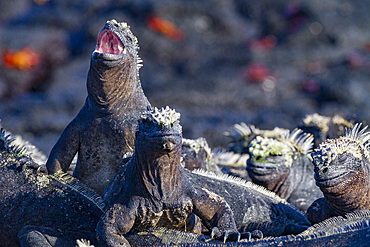
The endemic Galapagos marine iguana (Amblyrhynchus cristatus) in the Galapagos Island Archipelago, UNESCO World Heritage Site, Ecuador, South America
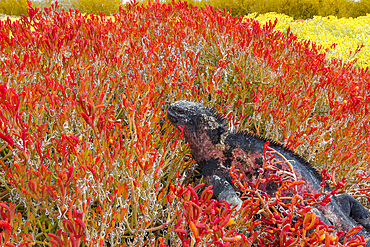
The endemic Galapagos marine iguana (Amblyrhynchus cristatus) on Espanola Island in the Galapagos Islands, UNESCO World Heritage Site, Ecuador, South America
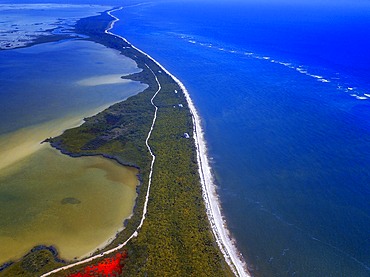
Aerial view of Punta Allen Sian Ka'an Reserve, Yucatan Peninsula, Mexico. Red lagoon near Boca Paila Bridge.
In the language of the Mayan peoples who once inhabited this region, Sian Ka'an means Origin of the Sky. Located on the east coast of the Yucatán peninsula, this biosphere reserve contains tropical forests, mangroves and marshes, as well as a large marine section intersected by a barrier reef. It provides a habitat for a remarkably rich flora and a fauna comprising more than 300 species of birds, as well as a large number of the region's characteristic terrestrial vertebrates, which cohabit in the diverse environment formed by its complex hydrological system.
Along its roughly 120 kilometres of coastline, the property covers over 400,000 hectares of land ranging from sea level to only ten m.a.s.l. The property boasts diverse tropical forests, palm savannah, one of the most pristine wetlands in the region, lagoons, extensive mangrove stands, as well as sandy beaches and dunes. The 120,000 hectares of marine area protect a valuable part of the Mesoamerican Barrier Reef and seagrass beds in the shallow bays. The lush green of the forests and the many shades of blue of the lagoons and the Caribbean Sea under a wide sky offer fascinating visual impressions.
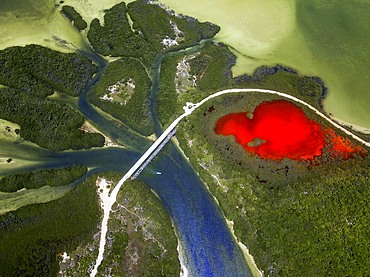
Aerial view of Punta Allen Sian Ka'an Reserve, Yucatan Peninsula, Mexico. Red lagoon near Boca Paila Bridge.
In the language of the Mayan peoples who once inhabited this region, Sian Ka'an means Origin of the Sky. Located on the east coast of the Yucatán peninsula, this biosphere reserve contains tropical forests, mangroves and marshes, as well as a large marine section intersected by a barrier reef. It provides a habitat for a remarkably rich flora and a fauna comprising more than 300 species of birds, as well as a large number of the region's characteristic terrestrial vertebrates, which cohabit in the diverse environment formed by its complex hydrological system.
Along its roughly 120 kilometres of coastline, the property covers over 400,000 hectares of land ranging from sea level to only ten m.a.s.l. The property boasts diverse tropical forests, palm savannah, one of the most pristine wetlands in the region, lagoons, extensive mangrove stands, as well as sandy beaches and dunes. The 120,000 hectares of marine area protect a valuable part of the Mesoamerican Barrier Reef and seagrass beds in the shallow bays. The lush green of the forests and the many shades of blue of the lagoons and the Caribbean Sea under a wide sky offer fascinating visual impressions.
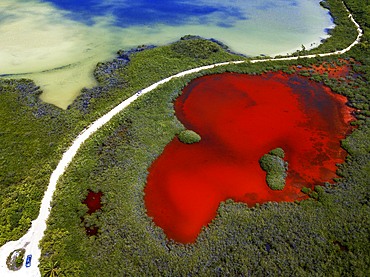
Aerial view of Punta Allen Sian Ka'an Reserve, Yucatan Peninsula, Mexico. Red lagoon near Boca Paila Bridge.
In the language of the Mayan peoples who once inhabited this region, Sian Ka'an means Origin of the Sky. Located on the east coast of the Yucatán peninsula, this biosphere reserve contains tropical forests, mangroves and marshes, as well as a large marine section intersected by a barrier reef. It provides a habitat for a remarkably rich flora and a fauna comprising more than 300 species of birds, as well as a large number of the region's characteristic terrestrial vertebrates, which cohabit in the diverse environment formed by its complex hydrological system.
Along its roughly 120 kilometres of coastline, the property covers over 400,000 hectares of land ranging from sea level to only ten m.a.s.l. The property boasts diverse tropical forests, palm savannah, one of the most pristine wetlands in the region, lagoons, extensive mangrove stands, as well as sandy beaches and dunes. The 120,000 hectares of marine area protect a valuable part of the Mesoamerican Barrier Reef and seagrass beds in the shallow bays. The lush green of the forests and the many shades of blue of the lagoons and the Caribbean Sea under a wide sky offer fascinating visual impressions.
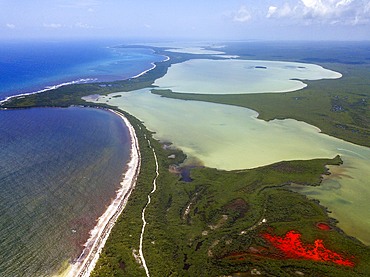
Aerial view of Punta Allen Sian Ka'an Reserve, Yucatan Peninsula, Mexico. Red lagoon near Boca Paila Bridge.
In the language of the Mayan peoples who once inhabited this region, Sian Ka'an means Origin of the Sky. Located on the east coast of the Yucatán peninsula, this biosphere reserve contains tropical forests, mangroves and marshes, as well as a large marine section intersected by a barrier reef. It provides a habitat for a remarkably rich flora and a fauna comprising more than 300 species of birds, as well as a large number of the region's characteristic terrestrial vertebrates, which cohabit in the diverse environment formed by its complex hydrological system.
Along its roughly 120 kilometres of coastline, the property covers over 400,000 hectares of land ranging from sea level to only ten m.a.s.l. The property boasts diverse tropical forests, palm savannah, one of the most pristine wetlands in the region, lagoons, extensive mangrove stands, as well as sandy beaches and dunes. The 120,000 hectares of marine area protect a valuable part of the Mesoamerican Barrier Reef and seagrass beds in the shallow bays. The lush green of the forests and the many shades of blue of the lagoons and the Caribbean Sea under a wide sky offer fascinating visual impressions.

Palms and old pier in Punta Allen Sian Ka'an Reserve, Yucatan Peninsula, Mexico.
In the language of the Mayan peoples who once inhabited this region, Sian Ka'an means Origin of the Sky. Located on the east coast of the Yucatán peninsula, this biosphere reserve contains tropical forests, mangroves and marshes, as well as a large marine section intersected by a barrier reef. It provides a habitat for a remarkably rich flora and a fauna comprising more than 300 species of birds, as well as a large number of the region's characteristic terrestrial vertebrates, which cohabit in the diverse environment formed by its complex hydrological system.
Along its roughly 120 kilometres of coastline, the property covers over 400,000 hectares of land ranging from sea level to only ten m.a.s.l. The property boasts diverse tropical forests, palm savannah, one of the most pristine wetlands in the region, lagoons, extensive mangrove stands, as well as sandy beaches and dunes. The 120,000 hectares of marine area protect a valuable part of the Mesoamerican Barrier Reef and seagrass beds in the shallow bays. The lush green of the forests and the many shades of blue of the lagoons and the Caribbean Sea under a wide sky offer fascinating visual impressions.
